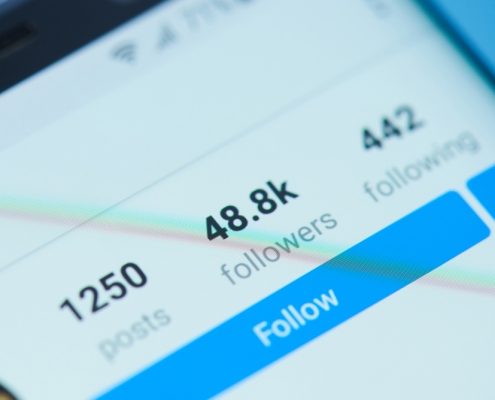Telling Stories That Will Captivate Your Audience
When it comes to telling stories in the world of marketing, this goes much further than talking about our product and its advantages. Stories allow us to connect with our audience in a much deeper way and generate positive emotions towards our brand.
One of the keys to generating powerful and effective stories is to know our audience. We have to understand who they are, what they like, what motivates and excites them. Our stories must activate their emotions and imagination and connect with them in a way that it moves them to share the message with others.
When we are developing a content marketing strategy, there are some elements we need to factor in to get the audience to engage and connect with us as a brand.
Connection
First, we have to make sure that the story is connected to our brand, even if it’s not the main focus, our product always has to be present. We could be facing the risk of having a great story but the audience doesn’t know who is telling it.
Emotions
Our story must have an emotional element that resonates with the audience. It has to generate some sort of reaction; happiness, intrigue, curiosity. Anything that gets the audience interested and they feel identified and motivated to engage with us. This is the best way to establish a dialogue, we want to encourage them to tell us their own stories and express themselves.
Delivery
Finally, we want to make sure we are using the right channels. In digital marketing, storytelling can happen in many platforms, and social media is a great tool. We can share videos, images or create an entire multi-channel approach. The important thing is that the story gets their attention and involves the audience.

